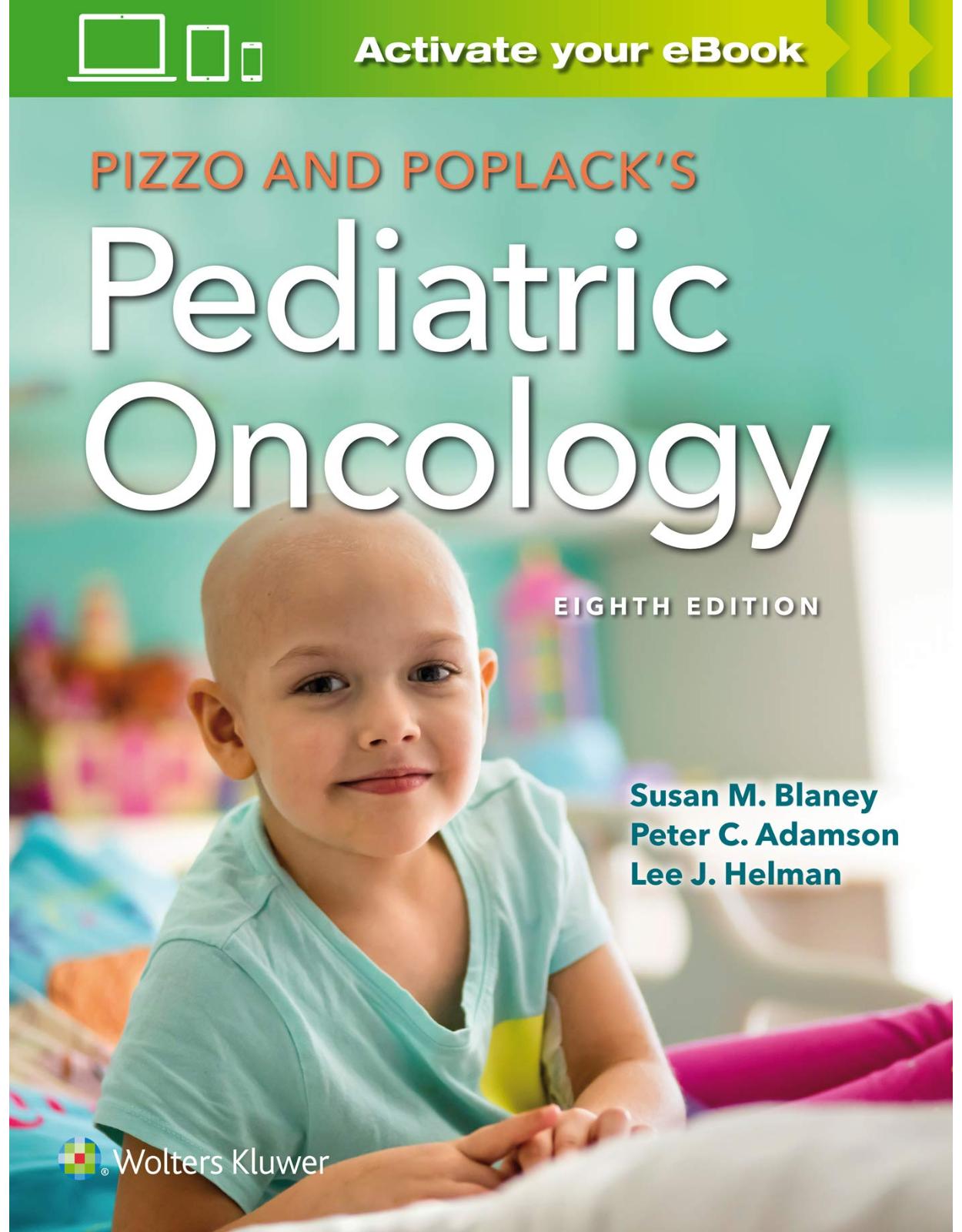
Pizzo & Poplack’s Pediatric Oncology, Eighth edition
Livrare gratis la comenzi peste 500 RON. Pentru celelalte comenzi livrarea este 20 RON.
Disponibilitate: La comanda in aproximativ 4 saptamani
Editura: LWW
Limba: Engleza
Nr. pagini: 1352
Coperta: Hardcover
Dimensiuni: 21.59 x 2.54 x 25.4 cm
An aparitie: 2020
Description:
Comprehensive, authoritative, and up to date, Pizzo and Poplack’s Pediatric Oncology, 8th Edition, remains your most trusted source of information on the care and research of children with cancer. This award-winning text is the single most comprehensive reference on the biology and genetics of childhood cancer, its diagnosis and multimodal treatment, and long-term management. In the tradition of excellence established by Drs. Philip A. Pizzo and David G. Poplack, this 8th Edition keeps you fully informed while helping you collaborate more effectively with others on the cancer care team to enhance quality-of-life issues for patients and families.
Table of contents:
Section 1 Biological Basis of Childhood Cancer
1 Epidemiology of Childhood Cancer
Cancer Surveillance and Descriptive Epidemiology
Analytic Epidemiology
Summary and Future Considerations
2 Heredity and Childhood Cancer
Constitutional Chromosomal Abnormalities
Structural Chromosomal Abnormalities
Overgrowth Disorders and Imprinting Errors
Autosomal Dominant Disorders
Autosomal Recessive Disorders
Issue in Genetic Testing for the Pediatric Oncology Patient
3 Molecular and Genetic Basis of Childhood Cancer
General Nature of Cancer-Associated Genetic Aberrations
Comprehensive Analysis of the Cancer Genome
Germline Mutations
Somatically Acquired Chromosomal Aberrations and Mutation
Gross Chromosomal Rearrangements
Oncogenic Consequences of Gross Chromosomal Rearrangements—General Themes
Chromosomal Translocations Lead to Activation of Proto-Oncogenes and Generation of Oncogenic Fusion Genes
Chromosomal Deletion Leads to Inactivation of Tumor Suppressor Genes
Gene Amplification
Point Mutations Leading to Gene Activation or Inactivation
Comprehensive Genomic Studies of Pediatric Tumors
Mechanisms of Malignant Cell Transformation, Growth, and Clonal Expansion
Outlook for Molecularly Targeted Therapies
Summary
4 Biology of Childhood Cancer
Gene Regulation
Protein Regulation
Signal Transduction
Cell Proliferation
Programmed Cell Death
Cancer Metabolism
Metastasis and the Tumor Microenvironment
5 Tumor Immunology of Childhood Cancer
Overview of the Immune System
Modern Concepts of Immune Surveillance
T-Cell Recognition of Cancer
Innate Immune Cells and the Tumor Microenvironment
Immune Function in Cancer Patients
Immunotherapy of Cancer
Summary and Future Directions
Section 2 Diagnosis and Evaluation of the Child with Cancer
6 Clinical Assessment and Differential Diagnosis of Suspected Childhood Cancer
Children at Risk
Time to Diagnosis
Differential Diagnosis
Establishing the Diagnosis
Summary
7 Pathology and Molecular Diagnosis of Leukemias and Lymphomas
Introduction
Ancillary Studies
Lymphoblastic Leukemia
Myeloid Neoplasms
Mature Lymphoid Neoplasms
Histiocytic Disorders
8 Diagnostic Pathology of Pediatric Solid and Central Nervous System Malignancies
Introduction
Brief Pathologic Classification of Pediatric Solid Tumors
Traditional Approaches to Childhood Solid Tumor Diagnosis
Molecular Genetic Evaluation of Childhood Cancer
Integrated Diagnostic Molecular Pathology of Pediatric Solid Tumors
The Holistic Cancer Genome
DNA
RNA
Emerging Technologies for Diagnosis
The Future of Pediatric Cancer Diagnosis
9 Imaging Studies in the Diagnosis of Childhood Cancer
Relative Merits of Available Imaging Procedures
General Concepts of Pediatric Tumor Imaging
Future Directions
Section 3 Principles of Multimodal Therapy
10 General Principles of Chemotherapy
Principles of Cancer Chemotherapy
Clinical Pharmacology of Anticancer Drugs
Alkylating Agents
Nonclassical Alkylating Agents
Antimetabolites
Purine Antimetabolites
Pyrimidine Antimetabolites
Topoisomerase Inhibitors
Tubulin Inhibitors
Miscellaneous Agents
Small-Molecule Pathway Inhibitors
Therapeutic Antibodies
Perspectives
11 General Principles of Cellular Immunotherapy
T Cells
Natural Killer Cells
γδ Thymus-Derived T Cells
Invariant Natural Killer T Cells
Strategies to Improve Adoptive Cellular Therapies
Conclusions
12 General Principles of Targeted Therapy
Introduction
Basic Principles for the Clinical Development of Molecularly Targeted Agents
Therapies Targeted to Apoptosis Pathways
Targeting Extracellular Survival Signaling Pathways
Targeting Development, Differentiation, and Other Intracellular Processes
Targeting Angiogenesis
Conclusions
13 General Principles of Hematopoietic Stem Cell Transplantation
Autologous Transplantation—High-Dose Chemotherapy with Hematopoietic Stem Cell (Hsc) Rescue
Allogeneic Transplantation
Allogeneic Hematopoietic Stem Cell Transplantation Preparative Regimens
Transplantation for Leukemia
Transplantation for Hodgkin Lymphoma (HL) and Non-Hodgkin Lymphoma (NHL)
Transplantation for Solid Tumors
Complications After Hematopoietic Stem Cell Transplantation
Late Effects After Hematopoietic Stem Cell Transplantation
Future Directions
14 General Principles of Radiation Oncology
Biologic Basis of Radiation Therapy
Physical Basis of Radiation Therapy
Interactions of Radiation Therapy and Chemotherapy
Radiation Effects on Normal Tissues
15 General Principles of Surgery
Preoperative Considerations for the Oncologist
Perioperative Considerations for the Oncologist
Minimally Invasive Surgery
Section 4 Management of Common Cancers of Childhood
16 Acute Lymphoblastic Leukemia
Epidemiology
Genetic Risk Factors
Environmental Risk Factors
Pathogenesis
Classification of Acute Lymphoblastic Leukemia
Molecular Genomics of Acute Lymphoblastic Leukemia
Pharmacogenetics
Clinical Presentation
Assessing Treatment Response
Prognostic Factors
Treatment
Treatment of Relapse
Late Effects of Treatment
Future Challenges
17A Acute Myeloid Leukemia and Myelodysplastic Syndromes
Historical Background and Definitions
Epidemiology of Pediatric Acute Myeloid Leukemia and Myelodysplastic Syndrome
Biologic Basis of Acute Myeloid Leukemia and Myelodysplastic Syndrome: From Normal Progenitors to Leukemia
Methodologies for Classifying Myeloid Malignancies
Defining Subtypes: Evolution of Diagnostic Classification of Myeloid Malignancies
Clinical and Laboratory Presentation
Prognostic Factors and Implications of Risk Group Stratification on Treatment
Evolution of Risk Adapted Therapy
Unique Aml Subtypes and Settings
The Treatment of Relapsed or Refractory Acute Myeloid Leukemia
Survivorship
17B Myeloproliferative Neoplasms of Childhood
Chronic Myeloid Leukemia
Juvenile Myelomonocytic Leukemia
Polycythemia Vera and Essential Thrombocythemia
18 Hodgkin Lymphoma
Biologic Considerations
Epidemiology, Pathogenesis & Pathology
Clinical Presentation
Treatment and Outcome
Nodular Lymphocyte Predominant Hodgkin Lymphoma
Approach to Patients with Primary Refractory Disease or Relapse of Hodgkin Lymphoma
Late Effects
Future Considerations
19 Malignant Non–Hodgkin Lymphomas in Children
Non-Hodgkin Lymphoma Overview
NHL Cellular Classifications: Specific Biologic and Clinical Considerations
Conclusions
Management Summary
20 Lymphoproliferative Disorders and Malignancies Related to Immunodeficiencies
Viral Pathogens and the Development of Malignancies
Epstein–Barr Virus and Malignancies
Human herpesvirus-8 and Malignancies in Immunodeficient Patients
Malignancies in Primary Immunodeficiencies
Secondary Immunodeficiency and Cancer
Malignancies in the Posttransplant Patient
Summary
21 Histiocytoses
Langerhans Cell Histiocytosis
Hemophagocytic Lymphohistiocytosis
Sinus Histiocytosis with Massive Lymphadenopathy (Rosai–Dorfman Disease)
Juvenile Xanthogranuloma
Malignant Histiocytic Diseases
Summary
Management Summary
22A Gliomas, Ependymomas, and Other Nonembryonal Tumors of the Central Nervous System
Epidemiology
Inherited Syndromes Associated with Central Nervous System Tumors
Ionizing Radiation and Central Nervous System Tumors
Pathologic Classification of Central Nervous System Tumors
Clinical Presentation
Neuroimaging in Pediatric Central Nervous System Tumors: Current Status and Future Directions
Neurosurgery: Diagnosis and Treatment
Radiation Therapy
Principles of Chemotherapy
Ependymoma
Low-Grade Gliomas
Tumors of the Optic Pathway
Supratentorial High-Grade Gliomas
Brainstem Gliomas
Craniopharyngioma
Choroid Plexus Neoplasms
Intramedullary Spinal Cord Tumors
Sequelae of Treatment
22B Tumors of the Central Nervous System: Embryonal and Pineal Region Tumors
Embryonal Tumors
Medulloblastoma
Atypical Teratoid/Rhabdoid Tumor
Embryonal Tumors with Multilayered Rosettes
Other Rare Embryonal Tumors
Pineal Region Tumors
Germ Cell Tumors
23 Neuroblastoma
Epidemiology
Genetic Predisposition
Molecular Pathogenesis
Pathology
Clinical Presentation
Paraneoplastic Syndromes
Clinical and Laboratory Evaluation
Staging and Treatment Response
Prognostic Considerations
Principals of Initial Therapy
Late Effects
Future Considerations
24 Renal Tumors
Epidemiology
Genetics and Molecular Biology
Pathology
Clinical Presentation and Diagnostic Workup
Prognostic Factors
Treatment of Wilms Tumor
Clear Cell Sarcoma of the Kidney
Malignant Rhabdoid Tumor
Renal Cell Carcinoma
Congenital Mesoblastic Nephroma
25 Rhabdomyosarcoma
Epidemiology and Genetic Susceptibility
Molecular Biology
Animal Models
Pathology
Patterns of Spread and Clinical Presentation
Methods of Diagnosis
Staging
Prognostic Considerations
Treatment
Perspectives
26 Nonrhabdomyosarcoma Soft-Tissue Sarcomas
Epidemiology
Pathology
Clinical Presentation
Prognostic Factors
Staging
General Treatment Considerations
Radiation Therapy
Chemotherapy
Selected Specific Diseases (Grouped First by Biologic Potential and then in Alphabetical Order)
Intermediate, Locally Aggressive Soft-Tissue Tumors
Intermediate, Rarely Metastasizing Soft-Tissue Tumors
Future Directions
27 Ewing Sarcoma
Nomenclature
Biology
Clinical Presentation and Staging
Pathology
Initial Treatment
Treatment
Management of Recurrent Disease
Late Effects
Summary and Conclusions
28 Osteosarcoma
Introduction
Clinical Presentation
Epidemiology
Pathology
Biology
Treatment
New Drugs
Follow-Up and Late Effects
29 Germ Cell Tumors
Nomenclature
Embryogenesis and Histogenesis of Gonadal Tumors
Genetics and Molecular Biology
Pathology
Tumor Markers
Clinical Presentation, Staging, and Risk Assignment
Treatment Overview
Surgical Approach: Ovarian Tumors
Salvage Strategies
Toxicity and Late Effects
Future Considerations
30 Endocrine Tumors
Pituitary Tumors
Parathyroid Tumors
Thyroid Tumors
Gastroenteropancreatic Neuroendocrine Tumors
Adrenal Tumors
Pheochromocytoma and Paraganglioma
31 Liver Tumors
Approach to Children with a Liver Mass
Hepatoblastoma
Staging, Pretreatment Extent of Tumor (Pretext) and Current Risk Group Stratification of Hb
Surgery in HCC
Hepatocellular Benign and Premalignant Epithelial Tumors
Biliary Epithelial and Mixed Biliary-Hepatocellular Tumors
Mixed Epithelial/Mesenchymal or Uncertain Origin
Mesenchymal Tumors, Malignant
Metastatic and Other Malignant Tumors Involving the Liver
32 Retinoblastoma
Epidemiology
Anatomy
Genetics
Clinical Presentation
Diagnosis
Pathology
Metastasis and Recurrence
Trilateral Retinoblastoma and Other Tumors
Staging
Therapeutic Options
Immediate Future Directions
33 Rare Tumors
Head and Neck
Chest
Abdomen
Genitourinary System/Pelvis
Skin
Bone Tumors
Conclusion
Section 5 Supportive Care of Children with Cancer
34 Oncologic Emergencies
Cardiothoracic Emergencies
Gastrointestinal Emergencies
Genitourinary Emergencies
Metabolic and Endocrine Emergencies
Neurologic Emergencies
Therapy-Associated Emergencies
Summary
35 Hematologic Supportive Care
Anemia
Thrombocytopenia
Other Transfusion Products
Complications of Transfusion
Hematopoietic Colony-Stimulating Factors
36 Infectious Complications in Children with Underlying Malignancy
Host Defenses: Innate and Adaptive Immunity
Care of Febrile Cancer Patients
Empirical Antibacterial Treatment of Febrile Neutropenic Patients
Antifungal Agents
Antiviral Agents
Anti-Pneumocystis Pneumonia Agents
Management of Unexplained Fever in the Neutropenic Patient
Evaluation and Management of Documented Infections
Prevention of Infection in Children with Cancer
Prophylactic Antibiotics
Immunization
Granulocyte Transfusions
Recombinant Human Cytokines
Adoptive T-Cell Therapy
Future Directions
37 Nursing Support of the Child with Cancer
Direct Patient Care Nursing Roles
Advanced Practice Roles
Research Roles
Nursing Standards of Care
Providing Expert Clinical Nursing Care
Professional Development
38 Nutritional Supportive Care
Definition of Cancer Cachexia
Obesity and the Pediatric Patient with Cancer
The Population at Risk
Etiology and Pathophysiology
Clinical Assessment of Nutritional Status
Nutrition Intervention Techniques
Vitamins in Treating the Pediatric Patient with Cancer
Nutritional Concerns of Long-Term Survivors of Childhood Cancer
Conclusion
39 Rehabilitation of the Child with Cancer
Rehabilitation Problems
Specific Childhood Cancers: Rehabilitation Issues
Spinal Cord Tumors
Bone Tumors
Acute Lymphoblastic Leukemia
40 Pain and Symptom Management
Introduction
Pain
Etiologies of Cancer Pain
Multimodal Management of Pain
Pharmaceutical Management of Cancer-Related Pain in Children
Interventional Procedures for Pain Management
Somnolence, Fatigue, Insomnia
Summary
41 Psychosocial Support for the Child and Family
Principles and Essential Knowledge for Health Professionals
The Initial Diagnostic Period: A Time of Crisis
Treatment: Reestablishing Equilibrium
Relapses: A Second Crisis
Survivorship
Family Considerations
Psychosocial and Psychiatric Interventions
Final Word
42 Educational Issues for Children with Cancer
School Reentry: Considerations and Stakeholders
Evidence Base and Standards of Care
Components of School Reentry Programs
Special Education Services in Childhood Cancer Survivors
Conclusions and Future Directions
43 Palliative Care for the Child with Cancer
The Interdisciplinary Nature of Palliative Care
Palliative Care for Children with Cancer
Other Considerations at the End of Life
Section 6 Other Considerations in Childhood Cancer
44 Adolescents and Young Adults with Cancer and Transitional Care to Adulthood
Cancer Incidence and Survival Trends
Treatment-Related Toxicity
Clinical Trial Enrollment
Psychosocial Issues
Cancer Survivorship
Conclusions
Management Summary
45 Late Effects of Childhood Cancer and its Treatment
Burden of Morbidity
Standardized Recommendations for Follow-Up of Childhood Cancer
Auditory Complications
Neurocognitive Sequelae
Cardiovascular Function
Pulmonary Function
Genitourinary Abnormalities
Gastrointestinal Function
Gonadal Function
Other Endocrinologic Outcomes
Growth Hormone Deficiency
Obesity and Metabolic Syndrome
Musculoskeletal and Related Tissues
Subsequent Malignant Neoplasms
Late Mortality Among Childhood Cancer Survivors
New Agents and New Potential Late Effects
Cancer Survivorship—Future Research Opportunities
46 Cancer Clinical Trials: Design, Conduct, Analysis, and Reporting
Planning a Clinical Trial
Feasibility Assessment
Protocol Writing
Regulatory Affairs
Conduct of the Clinical Trial
Analyzing Clinical Trial Data
Reporting Results of Clinical Trials
47 Ethical Considerations in Pediatric Oncology
Informed Consent and Decision-Making
Ethics of Research Involving Children with Cancer
Ethical Issues at the End of Life
Privacy and Confidentiality
Genetics and Genomics
Population Inequities in Childhood Cancer Care and Outcomes
Caring for Health Care Providers
Conclusion
48 The Other Side of the Bed: What Providers Can Learn from Listening to Patients and Their Families
General Issues of Communication and Trust
Major Events in the Care of Patients and Their Families
Conclusion
49 Complementary and Integrative Therapies in Pediatric Oncology
History
Definitions
Epidemiology
Patients’ and Families’ Reasons for Using Complementary and Integrative Therapies
Talking with Patients and Families
Integrative Therapy Modalities
Biochemical Therapies
Toxicities and Other Risks
Lifestyle Therapy: Diet, Exercise, Environment, and Mind–Body
Environment
Mind–Body
Biomechanical Therapies
Bioenergetic Therapies
Summary
50 Economic Issues in Pediatric Cancer
Patient–Physician Communication about Cost of Cancer Care
Methods of Economic Evaluation
Financing Care
Family Impact
Conclusion
51 Pediatric Cancer: Advocacy and Policy Issues for Patients, Families, and Survivors
Landscape of the Childhood Cancer Advocacy Community
Advocates’ Central Policy Priorities
Ongoing and Emerging Issues for Advocates
52 Maximizing Safety in Cancer Treatment
Background
Recognizing and Reporting of Problems
Event Reporting
Preventing Errors
53 Pediatric Oncology in Low- and Middle-Income Countries
Epidemiology and Burden of Pediatric Cancer in LMICs
Health Systems and Sociocultural Barriers to Pediatric Cancer Care in LMICs
Shortage of Multispecialty Expertise for Pediatric Cancer Care
Diagnosis and Risk-Stratification Modalities of Pediatric Cancer in LMICs
Access to Cancer Treatment Modalities: Drugs, Pediatric Surgery, and Radiotherapy
Supportive Care for Children on Cancer Treatment in LMICs
Palliative Care for Children with Cancer in LMICs
Survivorship Care for Children with Cancer in LMICs
Pediatric Oncology Research in LMICs
Index
| An aparitie | 2020 |
| Autor | Susan M. Blaney, Lee J. Helman and Peter C. Adamson |
| Dimensiuni | 21.59 x 2.54 x 25.4 cm |
| Editura | LWW |
| Format | Hardcover |
| ISBN | 9781975124793 |
| Limba | Engleza |
| Nr pag | 1352 |
-
1,16600 lei 1,04300 lei
-
1,15400 lei 1,05700 lei

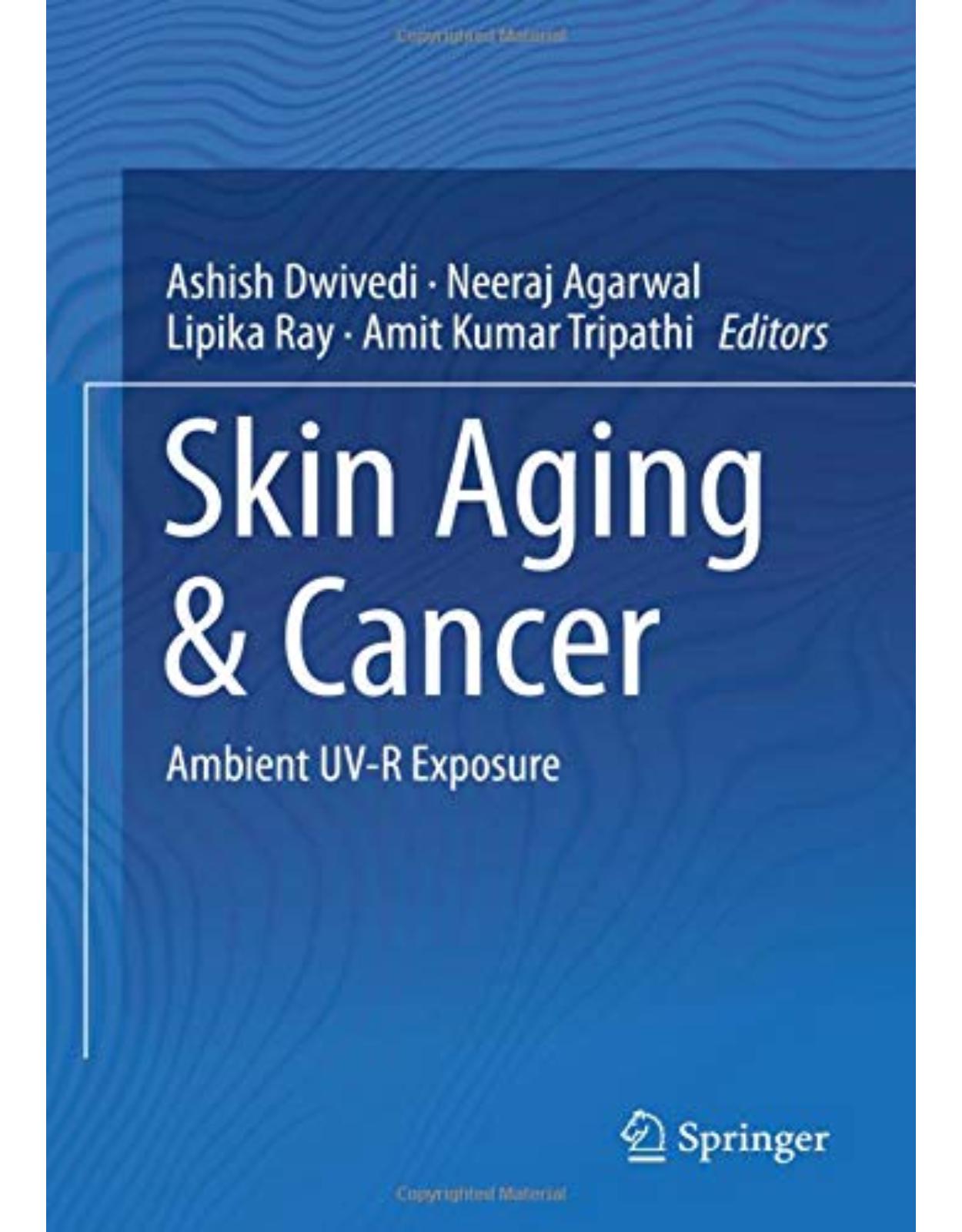
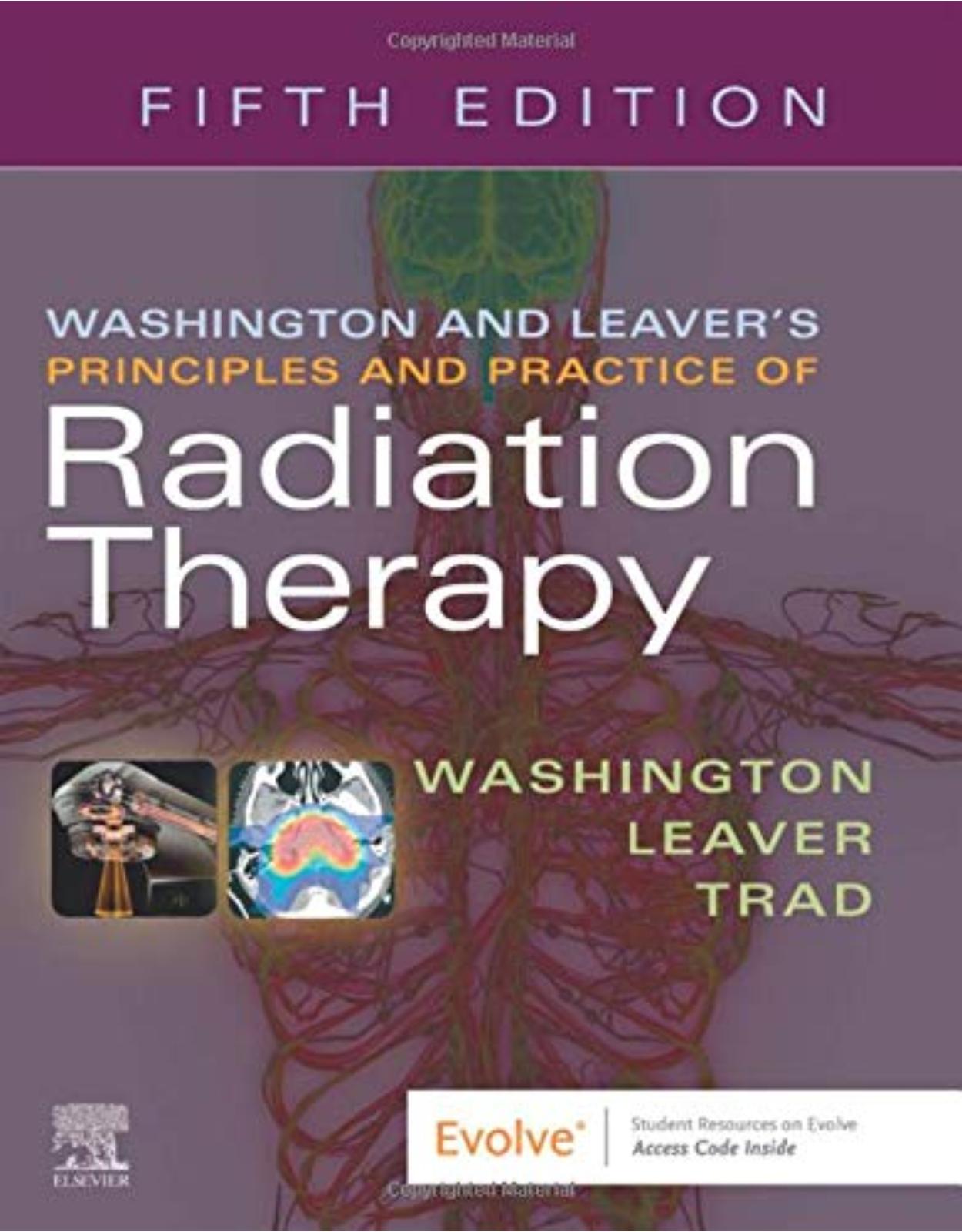
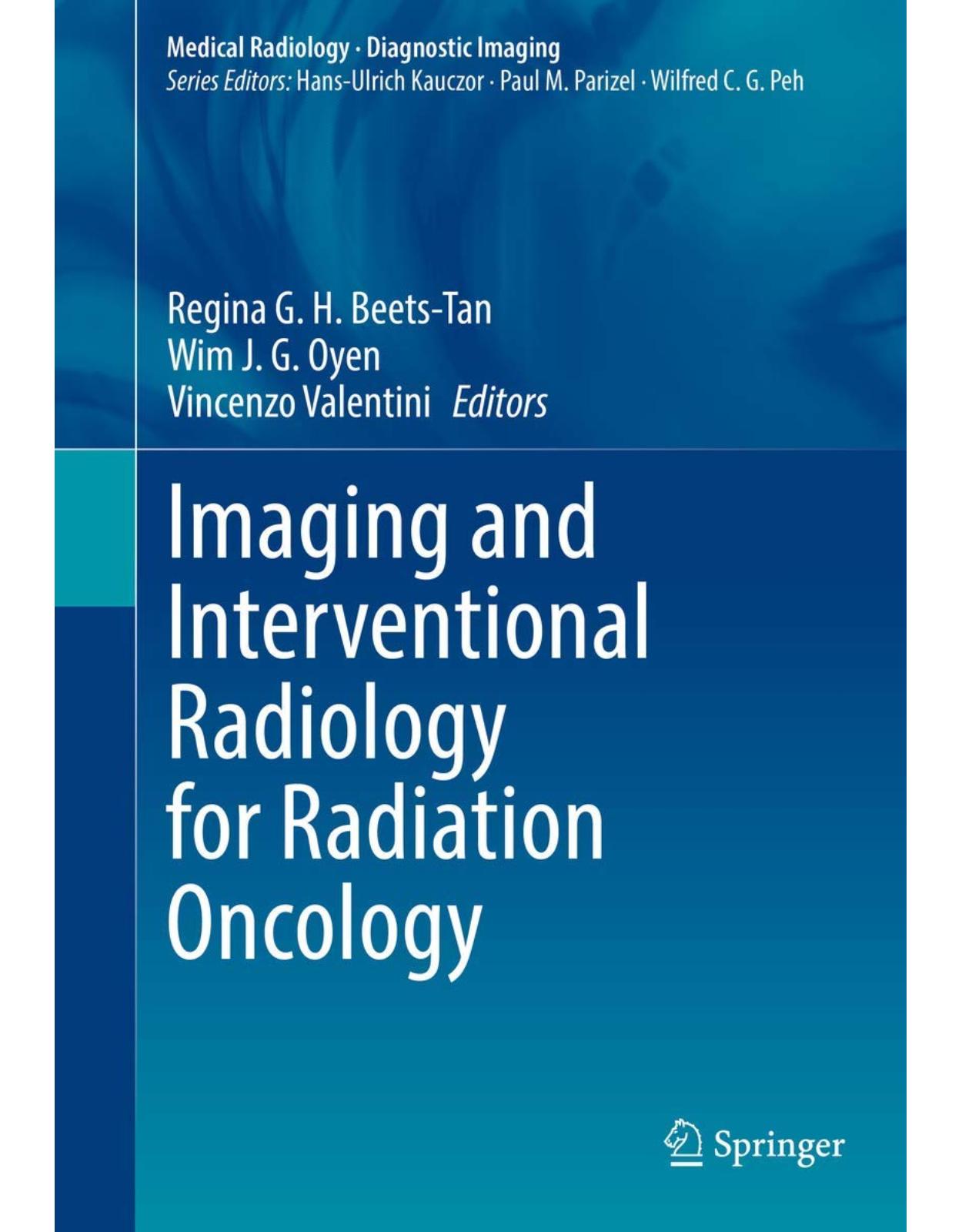
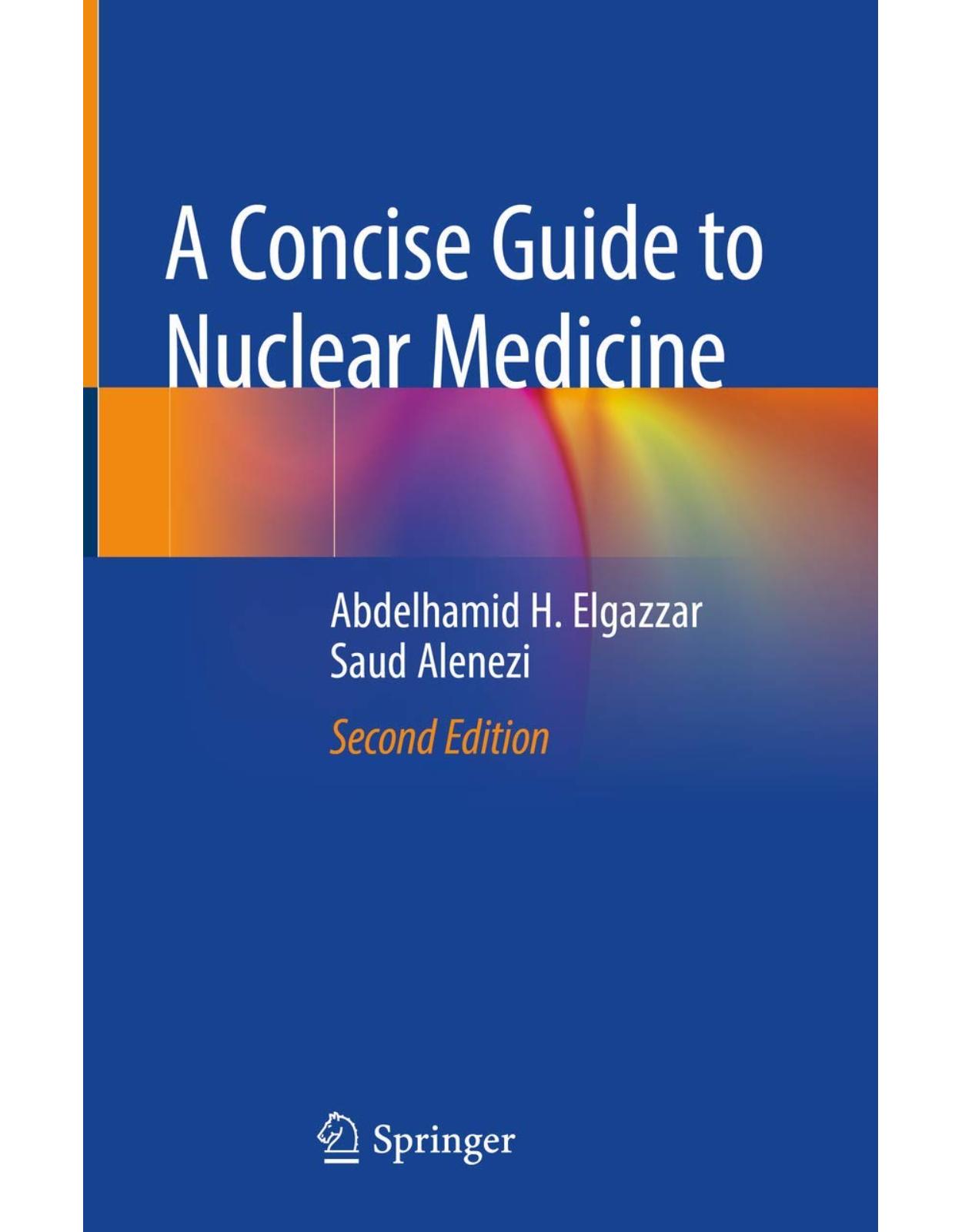
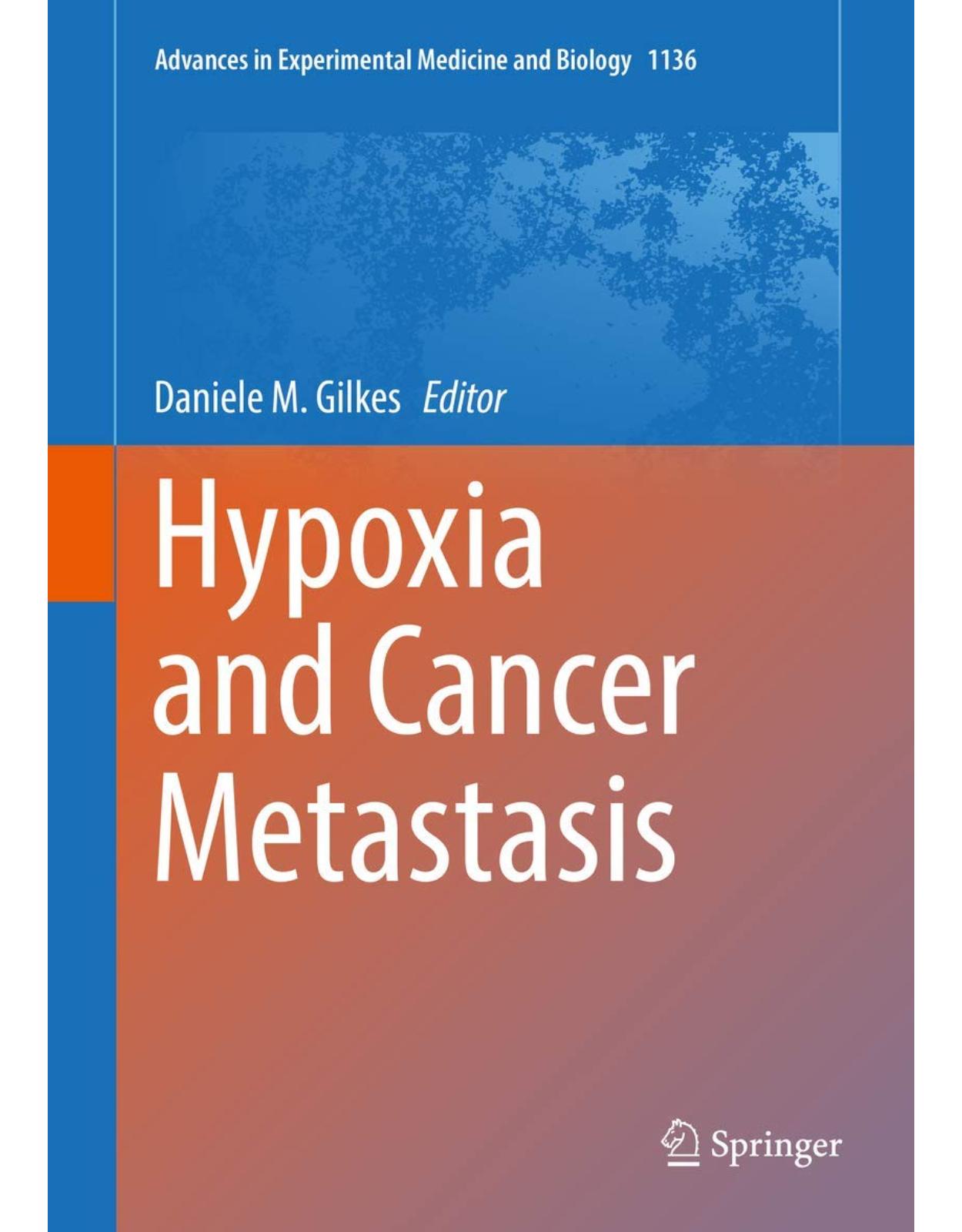
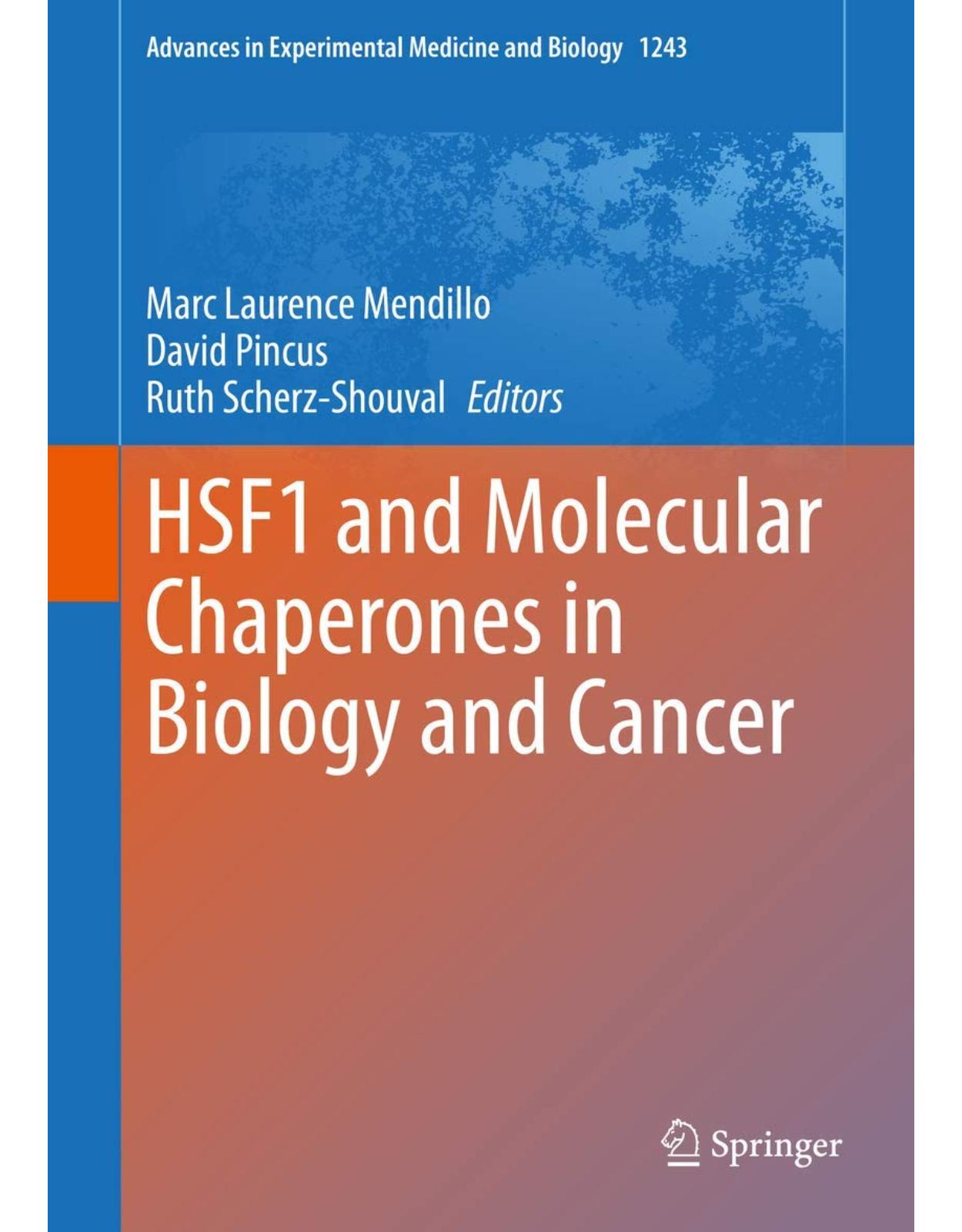
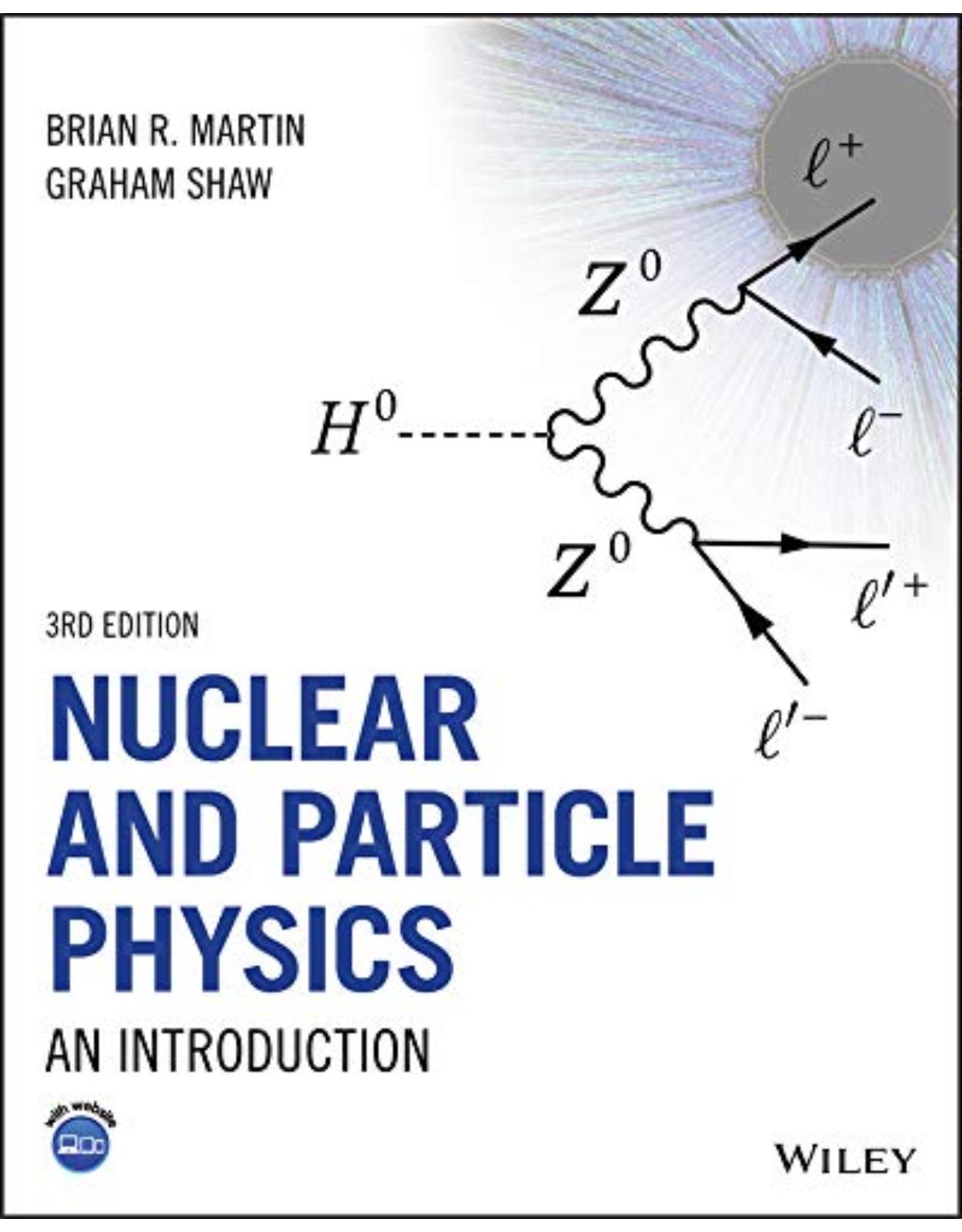
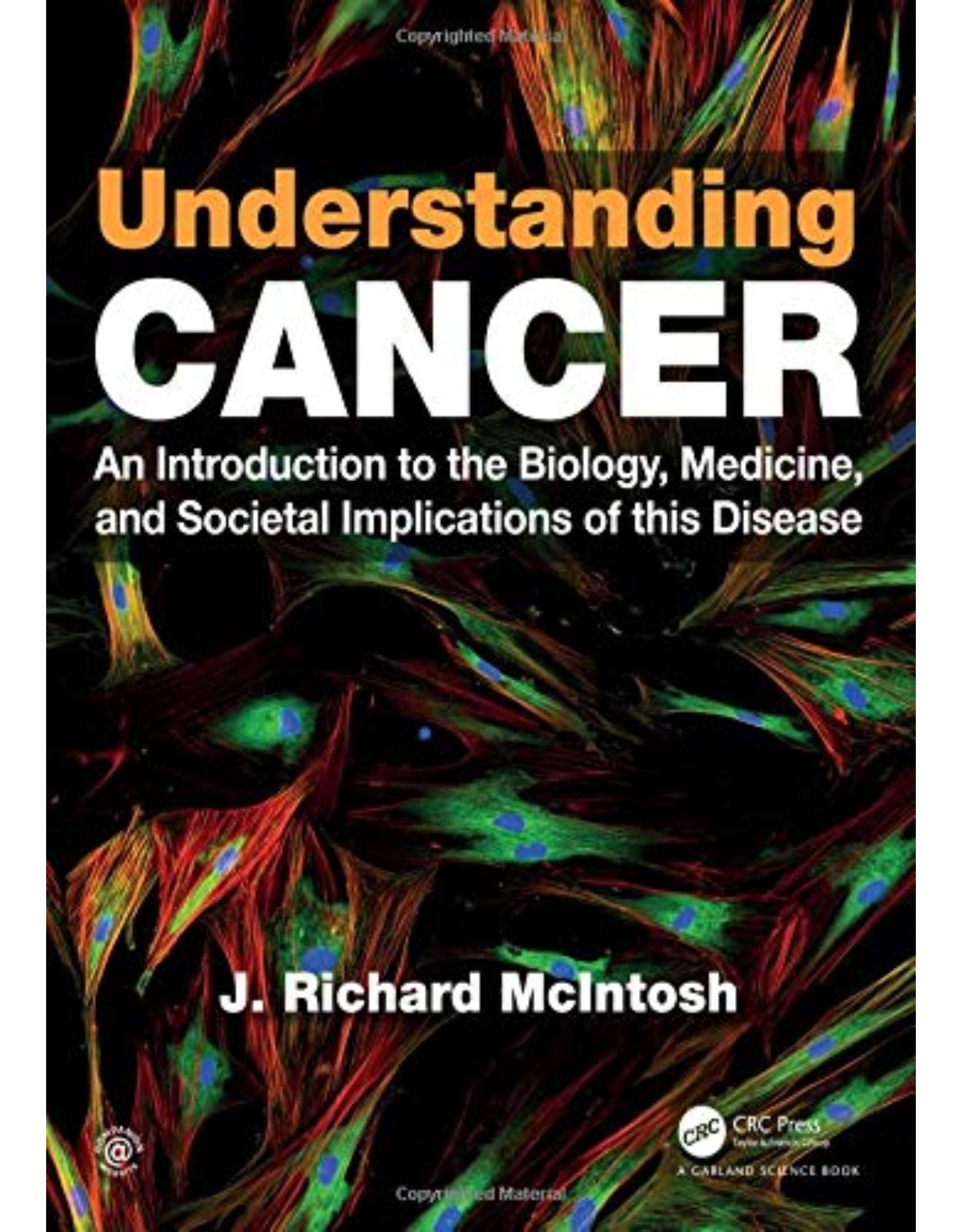
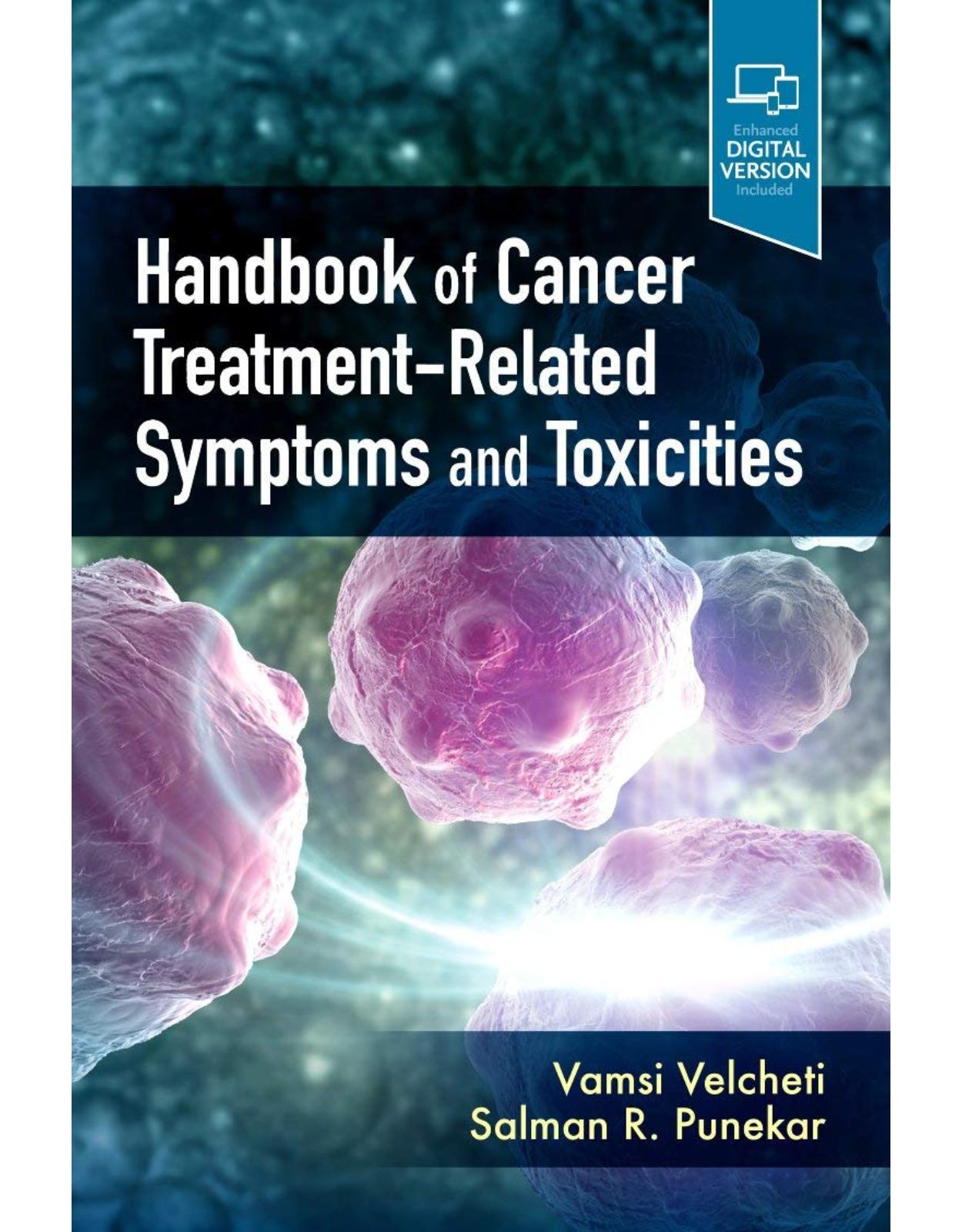





Clientii ebookshop.ro nu au adaugat inca opinii pentru acest produs. Fii primul care adauga o parere, folosind formularul de mai jos.